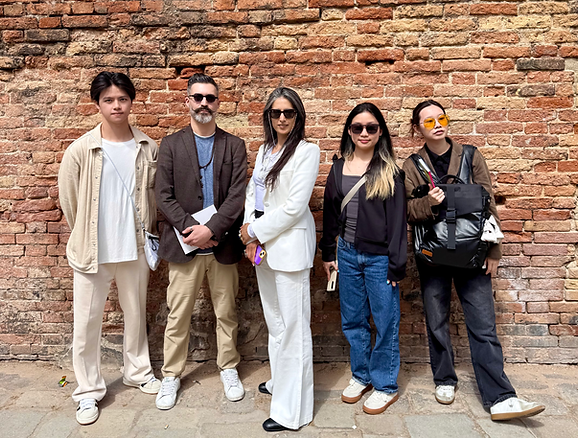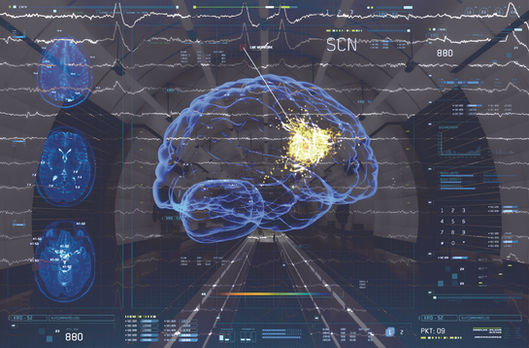Future Spaces Vision Lab

BRAIN-STORM STREAMING
5.10-11.23.2025
Arsenale, Venice
a project by
Mirna Zordan + Freddy Curiél
Mirna Zordan, Founder & Director of Future Spaces Vision Lab
Freddy Curiél, Founder & Creative Director of LAPIS BUREAU
with the participation of
Pei Jiakun 裴嘉琨
Qiu Chan 邱婵
Zhang Luwen 张露文
Zhao Yong 赵勇
SUSTech School of Design
with the support of
Future Spaces Vision Lab, School of Design, Southern University of Science and Technology, Shenzhen
LAPIS BUREAU, Design Studio, Shenzhen
Mirna Zordan + Freddy Curiél
invited to
the19th International Architecture Exhibition of
La Biennale di Venezia
curated by Carlo Ratti
Prof. Arch. Mirna Zordan and Arch. Freddy Curiél presented their work at the Arsenale venue, featuring the innovative project "BRAIN-STORM STREAMING". This project was developed with the support of students from the Future Spaces Vision Lab and LAPIS BUREAU. Our installation explores the impact of design on human perception and thoughts, creating bridges between neuroscience and architecture through biometric data visualization.

What if we could see
how the configuration of space
shapes our thoughts?
Brain-Storm Streaming begins within urban environments—specifically, in stationary and yet dynamic spatial conditions where users flow through space by standing still, such as metro stations in Shenzhen. Multiple stations were filmed, capturing the nuances of spatial design, circulation flows, and sensory stimuli. Next, participants watched these videos while wearing an EEG (Electroencephalogram) device, which records brainwave activity in real time. By analysing this neurological data, emotional responses such as stress, curiosity, attention, and engagement could be extracted, revealing how different spatial configurations impact perception.


The collected brainwave data is then transformed into visual infographics, mapping fluctuations in cognitive states along the journey. These graphics act as a new blueprint based on biometric data visualization, allowing architects and planners to assess how built environments influence human experiences beyond aesthetics and functionality.
More than just an experiment, Brain-Storm Streaming proposes a new methodology for designing human-centred spaces, one that accounts for the subconscious interactions between brains, bodies and environments. By making invisible cognitive reactions visible, it challenges us to rethink public space as an interface between architecture and human emotions.
Brain-Storm Streaming provides a glimpse into the future of spatial design—one where cities are shaped not just by form and function, but by human perception itself.






